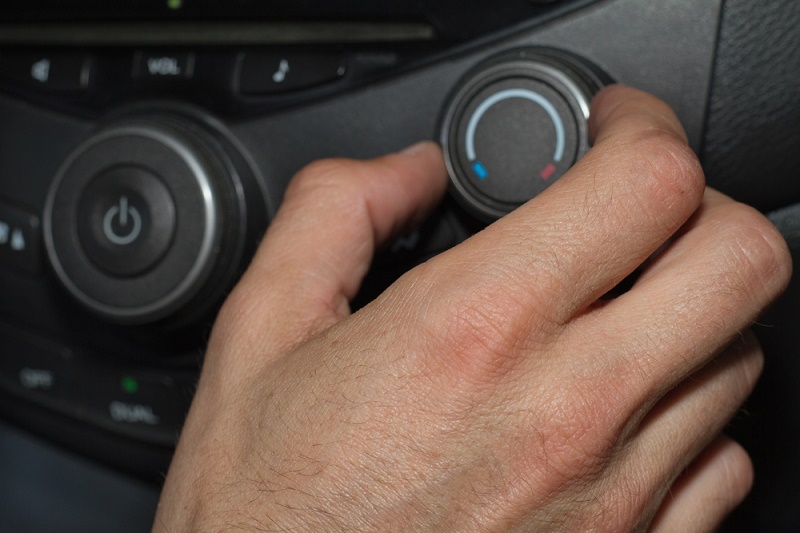You need to ensure that your car air-conditioner works properly and keeps you cool throughout the hot summer. While malfunctioning signs of air conditioning system - like leaks or a system that has stopped blowing cool air - can be obvious, the fix may not be as apparent. Let us talk about how to solve car air conditioning service issues.

Resolving Car Air Conditioning Service Issues
Everything inside a car air conditioning system is connected. Just changing the compressor will not solve your problems. If your car AC unit is not working, it is possible that parts have been affected throughout the system. So here is a brief knowledge about some parts and what may possibly go wrong with them is written below:
The Compressor
This is your refrigerant "pump" - the compressor in the air conditioner circulates refrigerant through the system.
Common Problems – There can be leaks in one or more seals or in the compressor itself. Also, particle contamination from the worn parts inside the compressor is a common issue.
The Symptoms - A compressor making a rattling noise or visible signs of leaks are signs that it has some problem.
The Accumulator/Drier
This system part collects moisture and prevents damage to your system by keeping the moisture away from the compressor.
Common Problems - Leaks influence the accumulator/drier by creating more moisture than it can control. This results in over-saturation that can lead to compressor damage.
Orifice Tube/Expansion Valve
A filter of a kind, this A/C component controls the flow of refrigerant throughout your car air conditioning system.
Common Problems - If this component is malfunctioning, you will see inconsistent pressure readings on your A/C gauges. To avoid compressor damage, you need to get excessive high-side or insufficient low-side pressure in control.
Condenser
This is designed to look and work like a radiator and its function is to cool the compressor.
Common Problems - Leaks and particles can obstruct the flow of refrigerant resulting in poor cooling. If your A/C is blowing hot air, this may be the cause.
Evaporator
The evaporator sits inside the passenger compartment and cools the air, as the blower pushes it through the evaporator.
Common Problems - The only way to identify a problem with your evaporator is through the A/C gauges. If the pressure reads below normal on the low side, there may be a leak.
How much refrigerant leakage is normal?
A car air conditioning system is not airtight. It can be nearly so, but refrigerant is always trying to push its way out and mix into the air. Refrigerant is a liquid when pressurized inside your car's A/C system, but it leaks out as a colorless gas. It is undetectable.
The modern R134a systems do not leak as much as the old R12 systems did but still on an average a car leaks approx. 0.41 ounces of refrigerant annually.

Will, it hurt to keep running an A/C system that blows hot air instead of cold?
You should not keep the A/C running if it is blowing hot air. By the time you notice the system is blowing warm, a lot of refrigerants has already been lost. More importantly, the refrigerant is mixed with lubricating oil, needed to keep the A/C compressor operating smoothly, so most probably, you are running the system too dry, which can gradually burn out the compressor by depriving it of the necessary lubrication. Most refrigerants have an ultraviolet-sensitive dye mixed in, so while the refrigerant evaporates away, the oil/dye mixture leaks into the engine bay and leaves a noticeable stain. Waving an ultraviolet light near the A/C lines will show where this leak is.
Conclusion
Car air conditioning service must take place timely and if you notice any of the issues we have discussed in this article, it is time to pick up the phone and schedule a check-up of your car’s air-conditioning unit. Remember that a stitch in time saves nine.







0 comments:
Post a Comment
Note: only a member of this blog may post a comment.